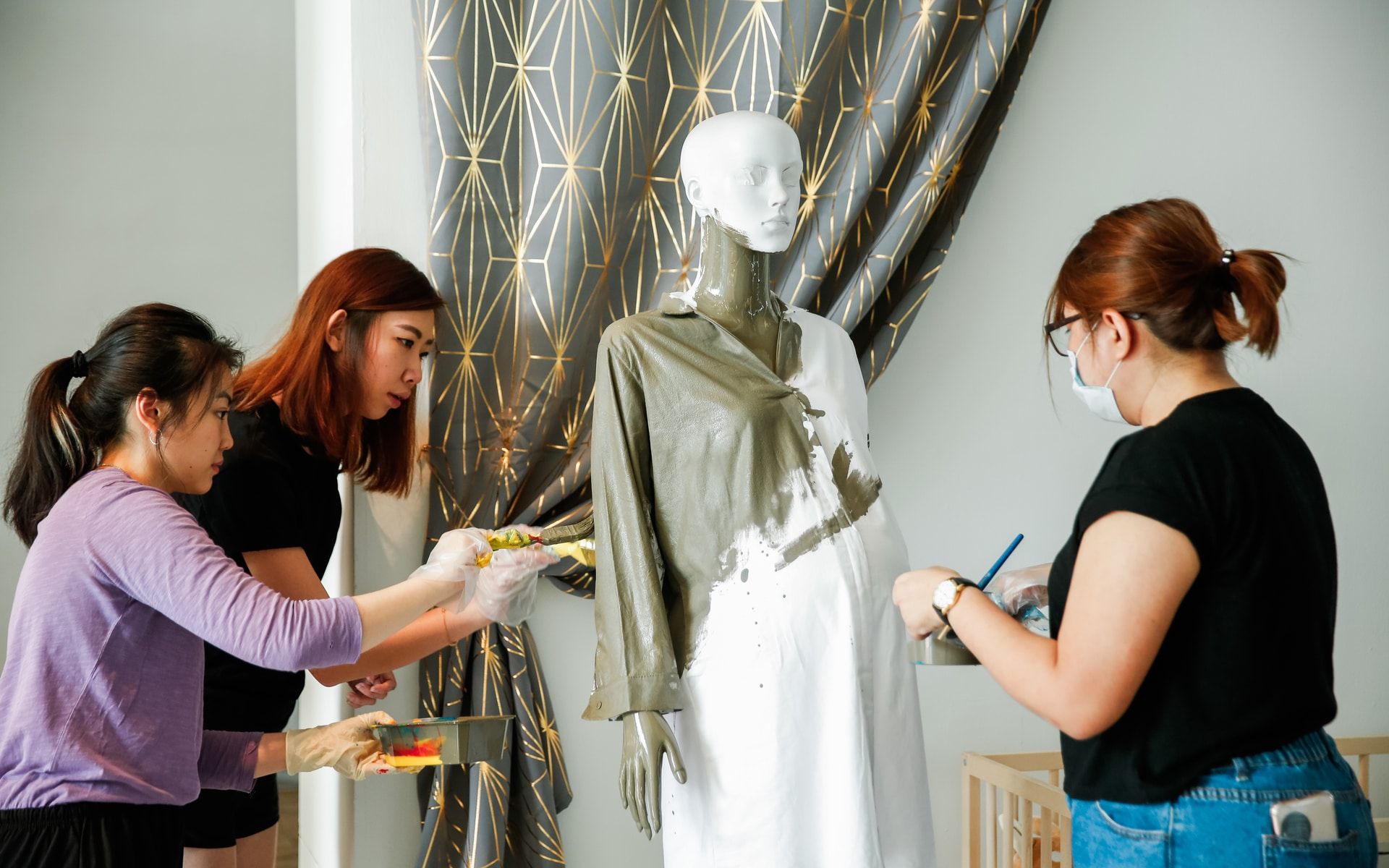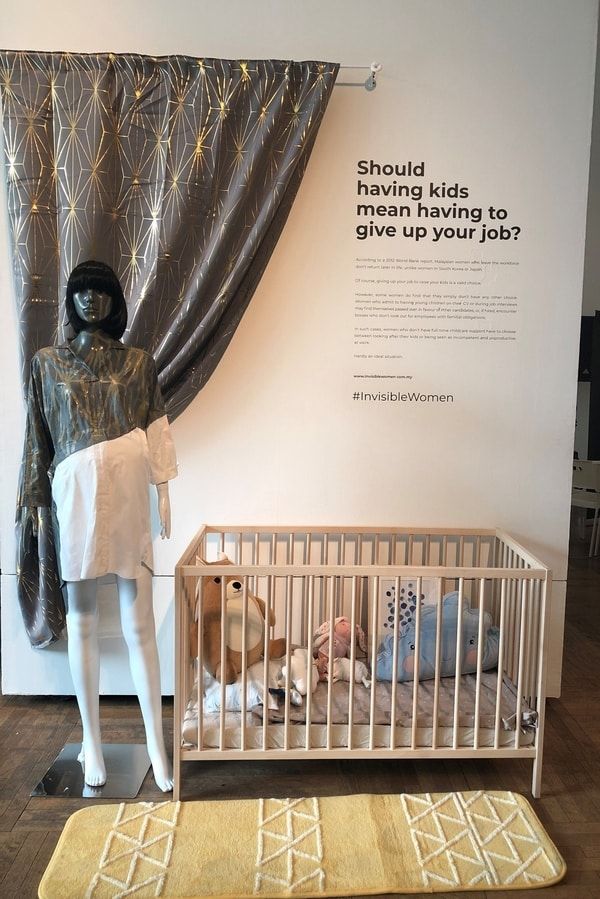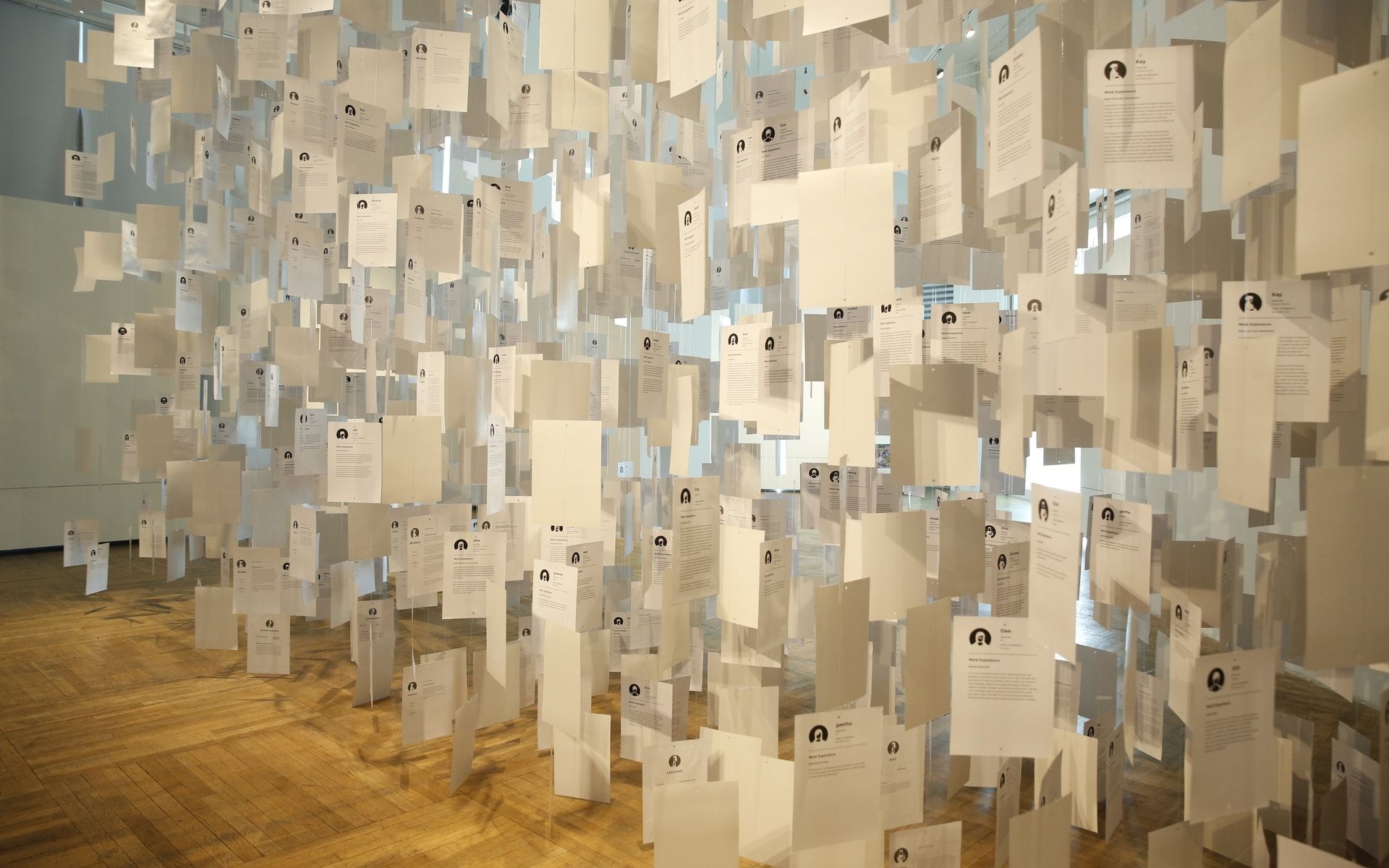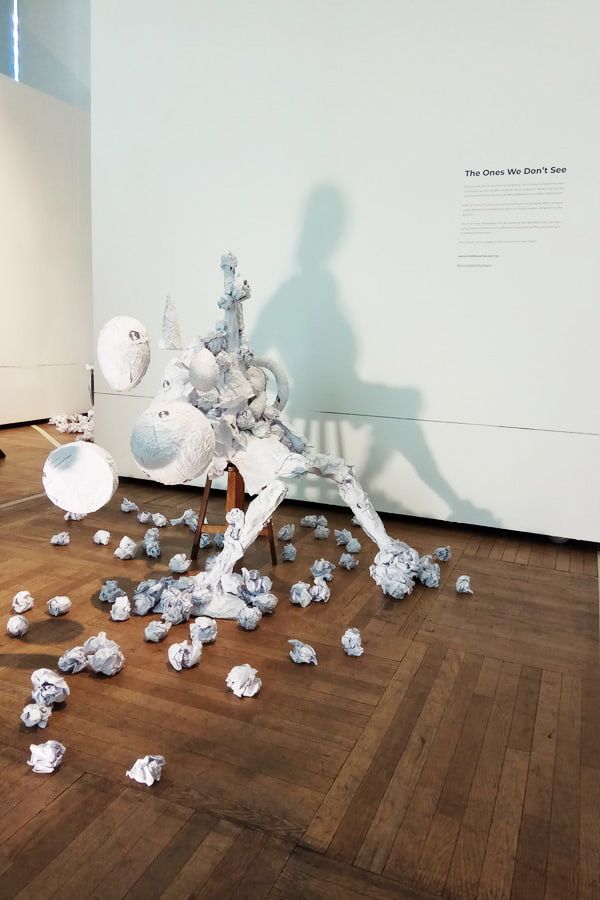
The creative partnership between the Women’s Aid Organisation (WAO) and Leo Burnett has historically produced some amazing content aimed at raising awareness of the harrowing effects of domestic violence and physical abuse.
So what’s different about WAO’s most recent Invisible Women campaign? It uses a range of media – art installations, videos, and powerful images that tug at the heart-strings while calling out the lack of workplace policies protecting female staff from various forms of gender discrimination at work.
WAO has been pushing for a Gender Equality Act to be passed in parliament, which will potentially put the mechanics in place to protect women in the private sector from unfair dismissal due to pregnancy – a worrying trend that many women face with little to no options for redress.
With its sombre tone and compelling visuals, the Invisible Women campaign isn't just geared towards raising awareness about gender discrimination, it's part and parcel of an ongoing effort by WAO to garner support for a Gender Equality Act.






